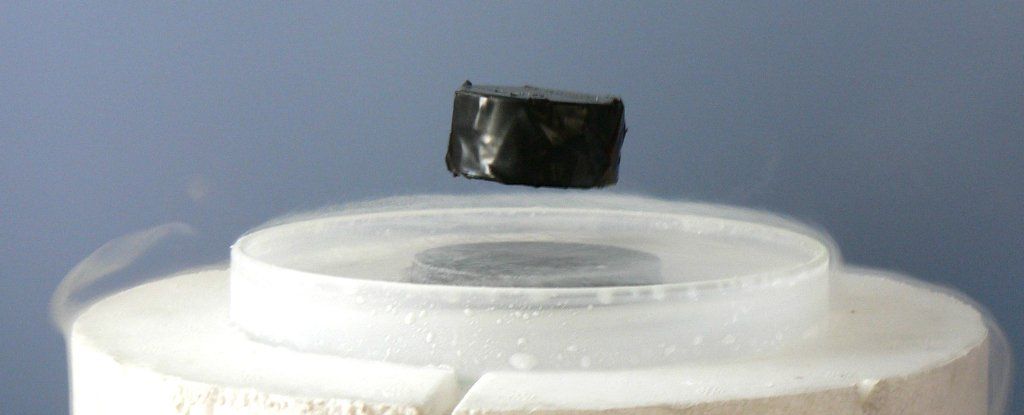For the first time, researchers have achieved superconductivity — the phenomenon of electrical conductivity with zero resistance — in a material that’s not a superconductor.
The new technique demonstrates a concept that was first proposed back in the 1970s, but until now had never been proven, and it could lead to ways to make existing superconductors, like the ones used in MRI machines or maglev trains, cheaper and more efficient at higher temperatures.
“Superconductivity is used in many things, of which MRI (magnetic resonance imaging) is perhaps the best known,” said lead researcher Paul C. W. Chu from the University of Houston.
Read more
